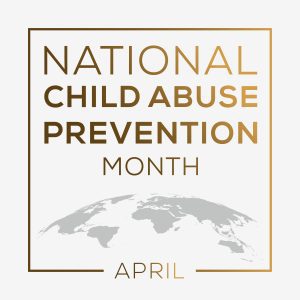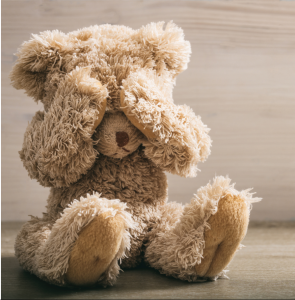April is National Child Abuse Prevention Month.

You never know what’s happening behind closed doors.
Child abuse happens in every state, town, and income bracket. In fact, while rates of child abuse in every neighborhood are surprisingly high, it is often underreported and unnoticed. As adults, we are responsible for taking action if we notice the signs. What are the signs? The basics are to notice when something does not seem right.
For example, children who are wearing clothes that are inappropriate for the weather might signal a sign of neglect. Children who look underfed, regularly seek out food, or steal/hide food might not be getting the nutrition they need. Kids who show up with bruises, especially when there are multiple or in different stages of healing, might be getting physically abused. Children who have inappropriate knowledge of sexual behavior might have experienced sexual abuse. These can be more obvious signs of abuse. Can you think of others? Put them in the comments below!
While kids and adults of all ages genuinely do have stress and a variety of mental health challenges, sometimes they, too, could be an indicator of something more going on at home. Even a history of child abuse could lead to lasting symptoms that mirror a variety of conditions.

Hyperactivity could be a hypervigilance towards anything that might make a child feel threatened— a need to know what is happening at all times to stay safe.
Inattention might really be distraction that the case worker called, and the child’s current home placement is at risk.
Stealing food begs the question if the child is getting fed at home or has a history of neglect that has instilled an innate drive to stockpile food, even years later.
Tantrums and uncontrolled behavior could be a child’s lack of skills to manage his own emotions because no one ever taught him as a toddler.
Rude behavior can be protective from getting too close to anyone that could hurt her again.
Daydreaming could be a way to distract from feeling challenged in school or stressed about friendships, which can be overwhelming on top of everything else.
Frantic or avoidant behavior could be a sensitivity to sensory input more than other kids … it is so confusing why these lights and noises don’t bother other kids!
Finally, it is important to recognize that while these may be signs of trauma, they can also be a function of other challenges that the child is facing. Aside from a mental health disorder, poverty might lead to unstable housing and food, few resources, or lack of access to clean clothes. It is important to not mistake one for the other but be curious and interested in helping the family above all.
Doctors, nurses, teachers, social workers, psychologists, and others are mandated reporters, and must report signs of abuse/neglect. If you suspect abuse or neglect, consult with the Child Abuse and Neglect hotline at 1-800-392-3738 and https://dss.mo.gov/cd/keeping-kids-safe/can.htm.











This is vitally important. Thanks for sharing your knowledge
Comments are closed.